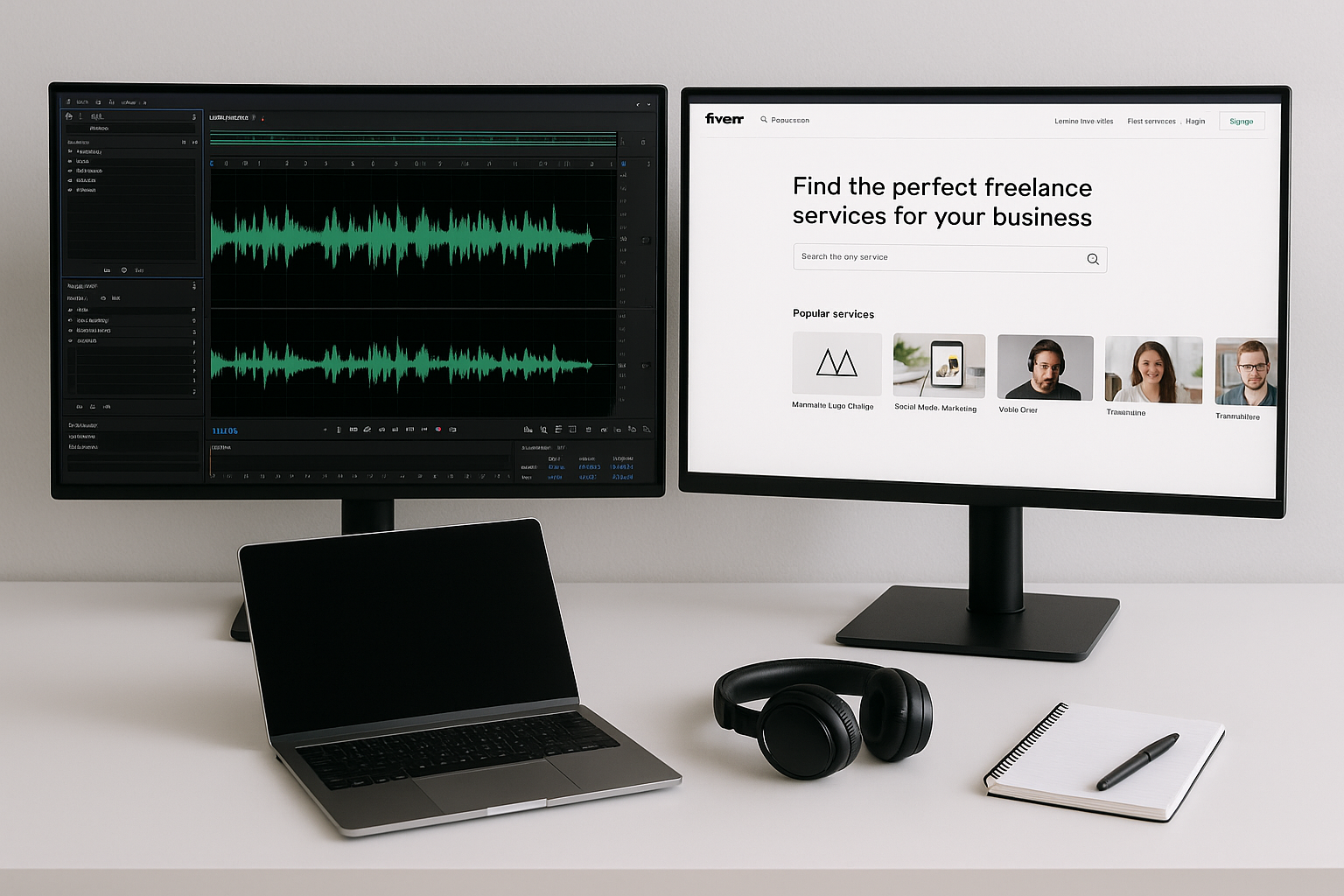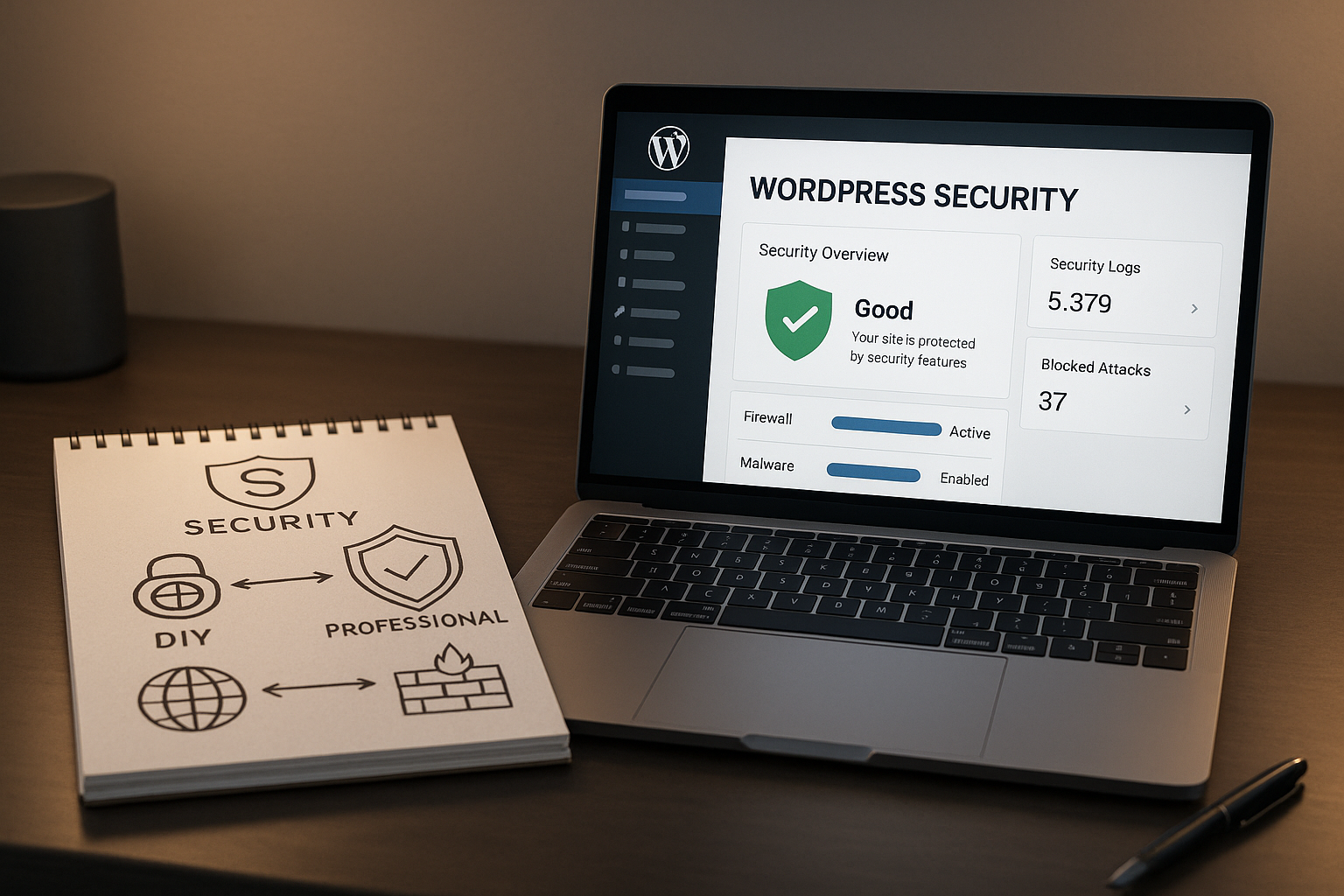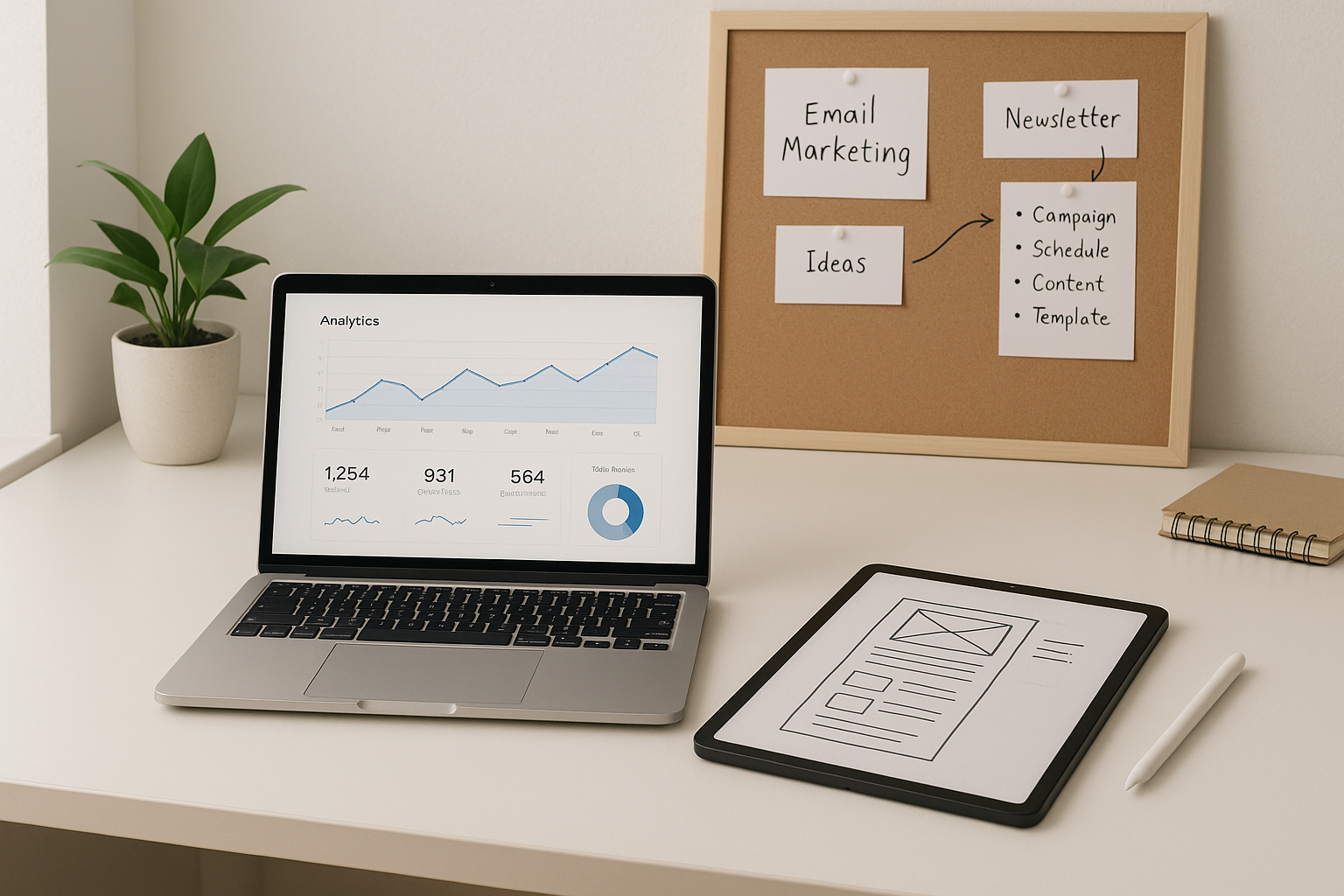edit podcast yourself or hire editor can be a daunting decision, especially if you’re new to podcasting. Post-production quality can make or break your show’s reception, audience growth, and overall professionalism. If you opt to edit yourself, you gain complete creative control but face a steep learning curve in audio engineering. Hiring an editor, on the other hand, saves time and often yields polished results—albeit at a financial cost. Throughout this article, we’ll compare the advantages, drawbacks, costs, and potential return on investment of both strategies. You’ll also discover how factors like budget, technical comfort, and long-term podcast goals can point you toward the right choice for your unique situation. For a broader perspective on outsourcing vs. DIY in the digital realm, explore our discussion on Build Website Yourself or Hire Developer?.
Key Takeaways
- Editing your own podcast provides complete creative control but demands significant time and technical skills.
- Hiring an editor can improve audio quality, reduce your workload, and free up time for content creation.
- The cost of hiring podcast editor fiverr can range from $15 to $150 per episode, depending on length and complexity.
- DIY podcast editing tips help streamline your workflow if you choose to go solo.
- Choosing whether to edit podcast yourself or hire editor depends on budget, audio expertise, and your long-term expansion plans.
What Exactly Is Podcast Editing?
Before deciding whether to edit podcast yourself or hire editor, it’s essential to understand what podcast editing really entails. Editing involves removing mistakes, leveling audio, inserting intros and outros, and ensuring the final track meets industry loudness standards. This process differs from broader production tasks like drafting show notes, designing marketing materials, or booking guests.
Most podcasters aim for consistent volume levels, minimal background noise, and clear transitions between segments. Mastering loudness might target around -16 LUFS for mono or -19 LUFS for stereo. Whether you do this DIY or outsource it, the ultimate goal is creating an engaging listening experience. Learn more at How to Edit a Podcast.
DIY Podcast Editing: Pros, Cons & Hidden Costs
Many hosts start with the DIY approach—it’s often an organic evolution from simply recording your show to wanting full control over every creative detail. But diy podcast editing tips can only get you so far if you lack time or technical prowess.
Pros:
- Full creative control: You decide how your show sounds, from pacing to music selection.
- Faster iteration: Tweak your episodes without waiting for external revisions.
- Reduced cash outlay: You’re not paying someone else for post-production.
Cons:
- Time-intensive learning curve: Audio editing software like Adobe Audition can be daunting.
- Potential frustration: Technical missteps and rework can diminish your passion for producing content.
Hidden Costs:
(Your hourly rate × Hours spent editing) + Monthly software fees + Gear investments
Even if you don’t pay someone else, your time is far from free. A one-hour podcast might demand three to four hours of editing for beginners. Top-tier software such as Adobe Audition is around $20.99 per month, and good monitoring headphones can cost $99 or more.
For a parallel look at time and budget trade-offs in other creative fields, see DIY Promo Video vs Hiring Videographer.
Hiring a Podcast Editor on Fiverr
Fiverr hosts a wide range of podcast editors offering tiered packages—basic edits, advanced mixing, show notes, or even outsource podcast production benefits that extend beyond editing. While cost of hiring podcast editor fiverr fluctuates from $15 to $150 per episode, it frees you from the meticulous editing process. Expect perks like consistent sound design, faster turnaround, and the ability to focus on higher-level tasks like marketing or sponsorships.
Potential risks include uneven quality between editors and communications hurdles if you’re working across different time zones or languages. However, investing in a reputable editor often yields polished audio that resonates with listeners. For a different angle on Fiverr’s service model, check out Google Translate vs Fiverr Translator.
Fiverr Podcast Editing vs DIY: Head-to-Head Comparison
Deciding whether to edit podcast yourself or hire editor often comes down to resources—time versus money. Here’s a quick look:
| Factor | DIY Editing | Fiverr Editor |
|---|
| Cost | Software fees + Your time | $15–$150 per episode |
| Time Investment | 3–4 hours per hour of final audio | Minimal time for feedback/revisions |
| Learning Curve | Steep for beginners | Little to none |
| Audio Quality | Highly variable | Generally professional |
| Creative Control | Complete | Shared |
A novice DIYer might spend hours grappling with noise reduction, EQ, and volume normalization. A quality Fiverr editor typically uses advanced techniques—EQ, compression, limiting, and loudness normalization—to achieve consistent audio. You can find cost breakdowns for other specialized tasks, like building data visualizations, at Build Power BI Dashboard Yourself or Hire a Fiverr Expert?.
Deep Dive: Cost Analysis & ROI
Balancing finances isn’t just about upfront fees. It’s critical to weigh your opportunity cost: could you spend editing time on revenue-generating tasks instead?
DIY Scenario:
- Software: ~$20.99/month for Adobe Audition
- Your time: 3 hours at your hourly rate (e.g., $30/hour = $90) per episode
- Gear amortization: Headphones, mic, potential upgrades
Fiverr Scenario:
- Editor fee: ~ $50 per 30-minute episode (mid-tier)
- Revisions: 1–2 hours communication per month
If your time is valuable—say you can earn $50/hour on other projects—spending three hours editing each episode equates to $150 in lost revenue. Hiring an editor at $50 suddenly seems like a bargain. Explore similar trade-offs in social media marketing at Do Social Media Marketing Yourself or Hire?.
Outsource Podcast Production Benefits Beyond Editing
outsource podcast production benefits span far beyond simple audio adjustments. Comprehensive services can include show notes, guest coordination, SEO optimization for episode descriptions, and marketing strategies to grow listenership. By collaborating with an experienced team, you gain:
- Creative expertise in both audio and content strategy
- Consistent release schedules to build audience loyalty
- Scalability for increasing episode frequency without burning out
- Fresh perspectives to refine your show’s direction
Even if you start by diy podcast editing tips, outsourcing can amplify your brand and help you manage the growing demands of a successful show. Learn more at Why Outsource Podcast Editing or Outsource Podcast Editing.
DIY Podcast Editing Tips & Workflow
If you decide to handle editing yourself, an organized workflow improves efficiency:
- Record clean audio: Use a quiet space; aim for 48 kHz, 24-bit WAV files.
- Import into your DAW: Adobe Audition, Audacity, or Reaper are popular choices.
- Eliminate filler words using ripple delete for quick removal of “ums” and extended pauses.
- Noise reduction: Target around -12 dB for subtle background hiss removal.
- EQ wisely: High-pass filter at 80 Hz; gentle boost between 3–6 kHz for clarity.
- Compression: A 3:1 ratio and -3 dB gain reduction can tighten vocals.
- Normalize loudness: -16 LUFS for mono or -19 LUFS for stereo.
- Export & tag: MP3 at 128 kbps CBR with ID3 metadata for easy organization.
Advanced tools like iZotope RX or Auphonic can automate noise reduction, leveling, and loudness matching. These extra steps elevate your production quality, even if you’re not yet a full-fledged audio engineer.
How to Choose the Right Fiverr Editor
If the fiverr podcast editing vs diy debate leans you toward outsourcing, picking the right editor is critical. Consider:
- Portfolio review: Look for before/after samples that align with your show’s style.
- Ratings and reviews: Aim for 4.8+ stars and at least 50 completed orders.
- Turnaround time: Ask about typical delivery windows of 24–72 hours.
- Revision policy: Clarify if they offer free revisions and how many.
- Communication quality: Responsive, proactive questions indicate professionalism.
- Test project: Send a short clip for a trial run before committing to a long-term gig.
Decision-Making Framework
Still undecided on whether to edit podcast yourself or hire editor? Rate your situation against these questions:
- Budget: Can you afford to spend $50–$150 per episode on an editor?
- Available time: Do you have 3–4 hours to dedicate for each hour of recorded audio?
- Technical aptitude: Are you comfortable with audio software, or is it overwhelming?
- Growth plans: Do you aim to release multiple episodes weekly?
- Audio perfectionism: Is impeccable sound crucial to your brand image?
If you answered “yes” to the first three, DIY might be a viable start. If you’re leaning toward the latter two, or foresee scaling soon, consider outsourcing to fiverr podcast editing vs diy options—or a full agency for more hands-on guidance.
Conclusion: Should You Edit Podcast Yourself or Hire Editor?
The ultimate choice between edit podcast yourself or hire editor depends on balancing your budget, time, audio goals, and personal enthusiasm for post-production. DIY editing offers creative freedom but demands hours learning tools and refining skills. Fiverr editors, meanwhile, can deliver polished episodes swiftly, letting you focus on content and growth. If you prioritize professional polish and time savings, outsourcing is a smart bet; if you thrive on hands-on control and have time to spare, DIY editing may be your path.
Regardless of your decision, delivering consistent, high-value content is what truly captures your audience. Whether you choose to manage production end-to-end or delegate certain tasks, align your approach with your podcast’s brand and your personal workflow. If you’re curious about other areas where DIY meets professional outsourcing, you may also explore Write Website Copy Yourself or Hire a Copywriter?. Keep refining, keep publishing, and enjoy the rewarding process of growing your show.
Remember, staying true to your audience’s expectations and providing quality episodes is paramount. Happy podcasting!
Frequently Asked Questions
Q: How much does a 30-minute episode typically cost to edit on Fiverr?
A: Pricing typically ranges from $30 to $75 for basic edits. More advanced packages or additional services like show notes can increase the rate.
Q: Can I combine DIY editing with outsourcing?
A: Yes. Some podcasters handle initial cuts themselves and then hire an editor for final touches, ensuring quality without relinquishing full control.
Q: Will an editor change the style of my show?
A: A good editor respects your brand and voice. They mainly refine technical aspects—noise reduction, EQ, and pacing—without altering your overall tone.
Q: How long does it take to become proficient in DIY podcast editing?
A: With regular practice, it usually takes 10–15 episodes to feel comfortable. Your improvement rate depends on your tech background and attention to detail.
Q: Are there any quality free editing tools for beginners?
A: Yes. Audacity is a popular open-source tool with robust features suitable for newcomers to try out diy podcast editing tips without a subscription fee.




